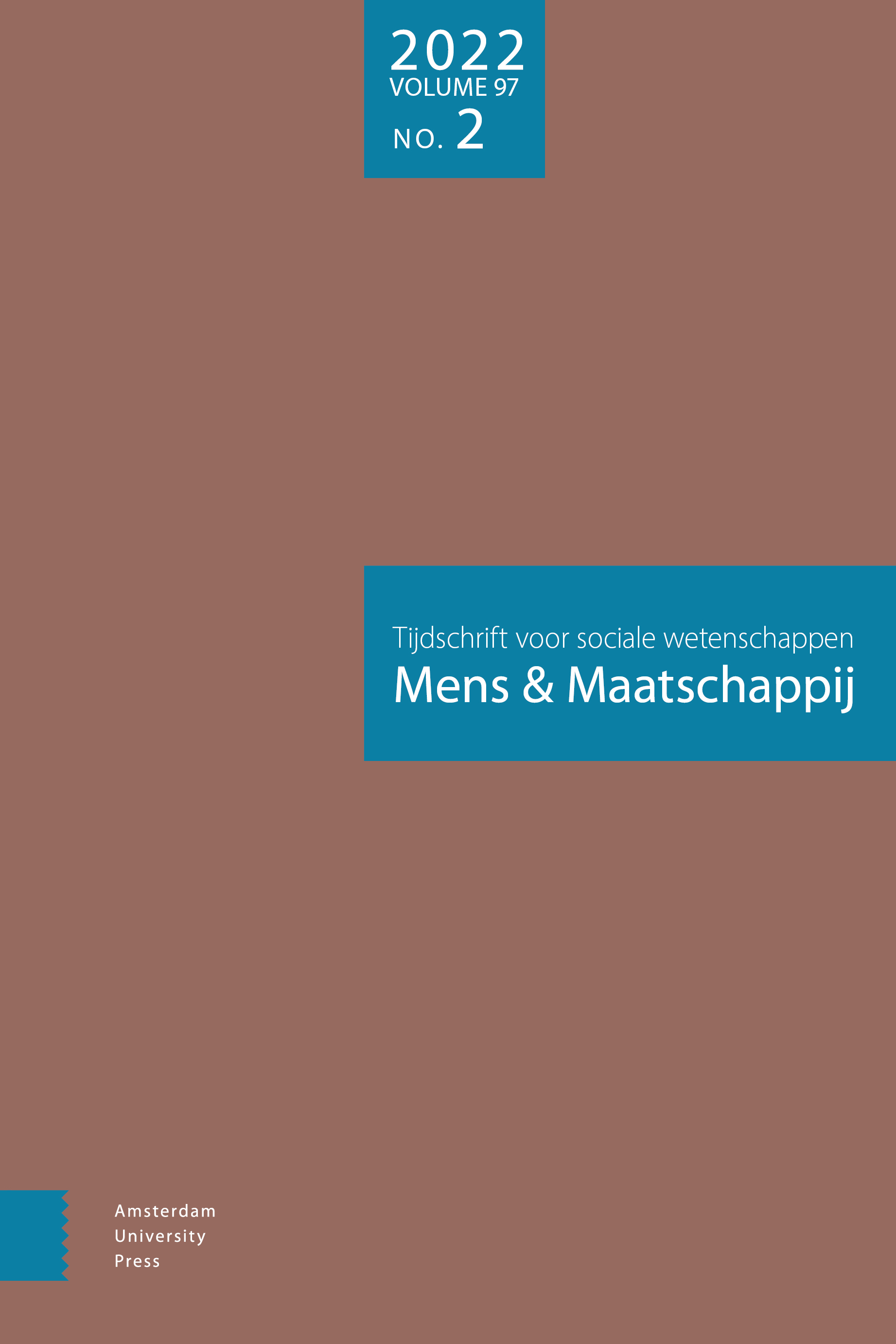-
oa De sociale opleidingskloof op school
Het effect van de schoolcontext op interschoolniveauvriendschappen van jongeren1
- Amsterdam University Press
- Source: Mens & Maatschappij, Volume 93, Issue 4, Jan 2019, p. 343 - 373
-
- 01 Jan 2019
Abstract
The education gap in school. The effect of school context on adolescent inter-educational track friendships
Using data from the first wave of the Children of Immigrants Longitudinal Survey in Four European Countries (CILS4EU) and data from the Dutch Dienst Uitvoering Onderwijs (DUO) this article tests to what extent different organizational characteristics of schools influence friendships between adolescents in different educational tracks. There being multiple educational tracks within the same school, instead of only one track, adolescents from different tracks being in the same classroom (‘brugklas’) and, relatively speaking, a small number of students in the same track have a positive effect on the number of friends an adolescent has in a different track. The descriptive analyses show that the friendship networks of adolescents are relatively homogenous within their school, most friends that go to the same school are in the same track. The friendship networks outside of the school are more heterogeneous. The opportunities an adolescent has to meet others who are in a different educational track thus strongly influence the number of friends an adolescent has in an educational track different from their own track.


